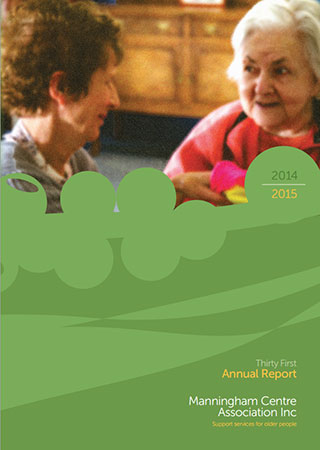

Within the injuries and/or poisoning diagnostic chapter, the weighted average decrease in diagnostic codes related to poisoning (20.2%) was less pronounced than the decline in diagnostic codes related to injury (34.6%) ( Supplemental Table 5). Less pronounced decreases were observed for ED visits resulting from injuries and/or poisoning (33.1%) and mental health disorders (29.0%) and among pregnant patients (23.0%).

Sharp declines in ED visits were observed for less urgent conditions, such as otitis media and upper respiratory infection (75.1% and 69.6% decreases, respectively).

The most notable were decreases in the overall number of visits among children with respiratory illnesses (70.0%), including respiratory infections and asthma (69.6% and 73.9%, respectively). There were changes in the distribution of the types of encounters during the pandemic, as shown in Table 2 ( Supplemental Table 5). 31 Consistent with previous work, ED visits that did not result in hospitalization and in which no laboratory tests, diagnostic imaging, or procedures were performed were defined as a “low–resource-intensity visit.” 29 ED visit charges billed to the patient were inflated to the 2020 US dollar (USD) on the basis of the Consumer Price Index for Hospital and Related Services. 30 Disposition was categorized as discharged from the hospital, transferred, hospitalized (with “observation” admissions categorized as a hospitalization), or died.
#Ed visits bjh annaul 000 code
30 Procedures were identified by current procedural terminology codes, with any assigned current procedural terminology code in the range 10 000 to 69 990 considered a procedure. Any charge within each category was categorized as resource utilization within the ED if the charge occurred on day 0 or before 6 pm on day 1 of hospitalization. 27, 29 Laboratory testing, diagnostic imaging, and medications administered for each visit were identified through billed transactions. 28 ED management included (1) performing laboratory testing or diagnostic imaging (2) administering medications (other than ibuprofen or acetaminophen) and (3) performing procedures.
#Ed visits bjh annaul 000 software
27 Principal ICD-10-CM discharge diagnosis codes were classified by AHRQ’s Clinical Classifications Software Refined. We examined primary discharge diagnoses, ED management, disposition, and select quality metrics for each visit. 14– 17 Thus, we describe the epidemiology of pediatric ED visits and resource use at tertiary care children’s hospitals in the United States during the first 5 months of the COVID-19 pandemic. 14, 15 As SARS-CoV-2 cases continue to rise among children, 4– 6 an improved understanding of the clinical and financial impact of the COVID-19 pandemic specifically on pediatric ED care is needed. 14– 16 Finally, in current studies, researchers do not explore whether the decline in ED visits differentially impacted certain pediatric conditions or whether resource use differed for patients seeking ED care during the pandemic. Furthermore, pediatric EDs serve as regional referral centers providing specialized care, but data characterizing the clinical and financial impact of the COVID-19 pandemic on this practice setting are limited.

12 Whether this substantial decline in ED visits has persisted over time is unclear. 12 Although respiratory disorders, including viral illnesses, are among the most common reasons children seek ED care, 13 data from the Centers for Disease Control and Prevention revealed that ED visits in the United States for children <14 years of age fell by 70% during the early weeks of the pandemic. 11 The collective impact of these directives on emergency department (ED) use in the United States was profound: by April 25th, ED visits across a range of practice settings had decreased by 42%. 7 After declaration of a national emergency on March 13, 8 public schools closed, 9 shelter-in-place orders were imposed, 10 and nonemergency, elective, and preventive medical care was deferred. SARS-CoV-2, and efforts to curb disease transmission, have negatively affected the US health care system.


 0 kommentar(er)
0 kommentar(er)
